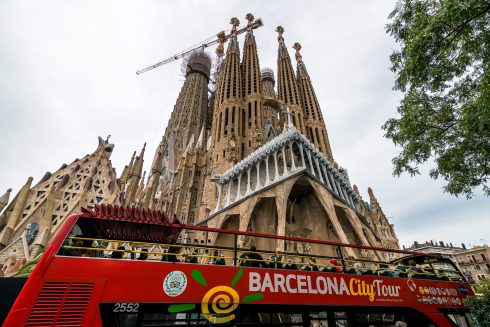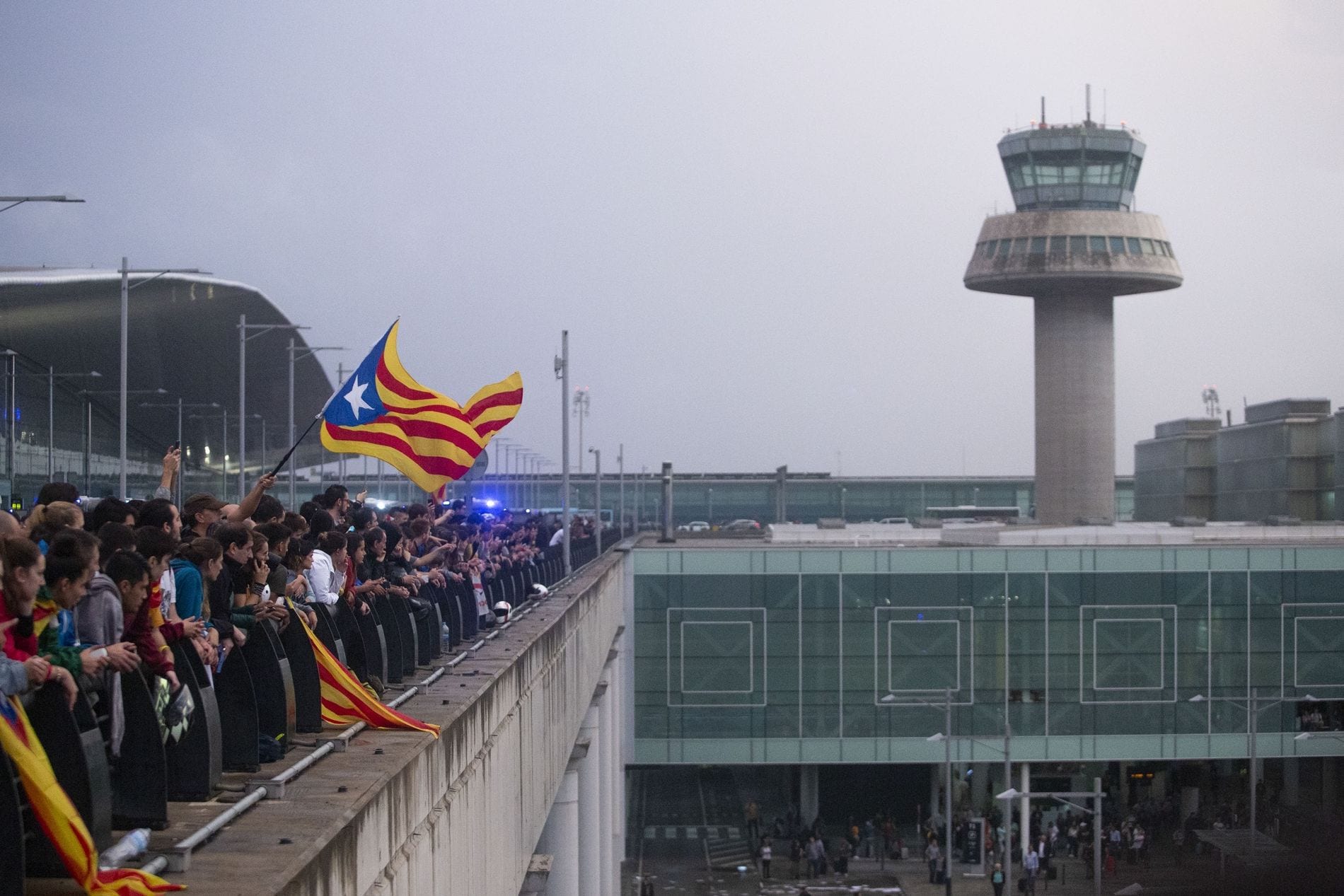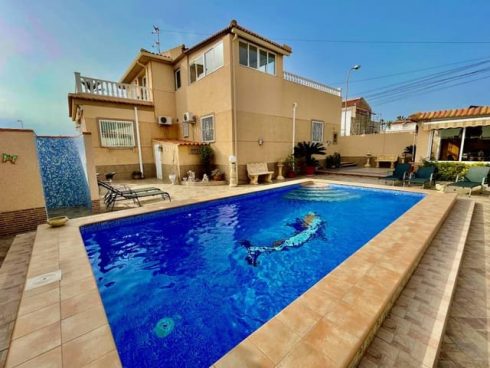THE Catalan government has sparked controversy after proposing a restructure of Barcelona’s main airport that would ramp up the number of flight arrivals each day during peak summer months.
Pere Aragones, the president of the local government, has suggested that traffic at Barcelona El-Prat Airport, which was used by 49.9 million passengers last year, could be increased by using two existing parallel runways differently.
Currently, the runway closest to the sea is used for take-offs and the runway nearest to the terminal is used for landings in order to limit noise population for the surrounding urban neighbourhoods and environmental reserves.
Under the new proposal, the two landing strips would be used for both take-offs and landings in July and August between the times of 10am and 2pm.

This would expand El-Prat’s capacity from 78 flights per hour to 90 during the peak tourist season, remaining within the limits imposed by environmental impact legislation.
Aragones, who is a member of the left-wing Republican Left of Catalunya (ERC) party, said: “Increasing the number of flight operations in Barcelona airport is possible without the need for an airport expansion or affecting the surroundings”.
However, the Catalan president’s comments have come under fire from critics who have long-opposed any changes that would increase traffic for the main travel hub in Spain’s second largest city.
Oscar Puente, the Spanish transport minister, appeared to dismiss the notion of a restructure quickly, describing the idea as a ‘short-term proposal’ that would ‘worsen the noise pollution of the airport’ and ‘negatively impact’ neighbours.

Likewise, Gemma Badia, mayor for the Gava municipality which lies underneath the airport’s flight path, said the proposals were ‘absurd’ and do not take into account ‘the mental, physical and acoustic tranquility of citizens’.
AENA, the company that manages Spain’s airports, wants to expand the runway closest to the sea, which is also El-Prat’s shortest.
This would, they claim, allow Barcelona to accommodate wide-body aircraft, making international travel easier for passengers who would otherwise be forced to travel from Madrid-Barajas airport or other major European hubs.
However, any ideas to expand the runway have been rejected by the ruling ERC party since an increase to the landing strip’s length would impact the protected La Ricarda natural park, which is located next to the airport.

Opposition to expansion has also formed part of vocal anti-tourist protests which famously rocked the Catalan capital last year.
Many locals claim that the city is suffering from immense overtourism, and any expansion to travel capacity would simply exacerbate the problem.
Environmentalists are also concerned about water use with Catalunya in the midst of a crippling drought which has forced local authorities to introduce restrictions on individual use.
Reservoir levels in the Barcelona region are operating at a capacity of just 14.23%, despite recent rainfall, with activities such as filling public swimming pools and washing cars currently prohibited under emergency legislation.
Last week, the Catalan government confirmed that restrictions would have to remain in place over the busy summer months, although recent rainfall would prevent the need to tighten restictions.
Patricia Plaja, the spokesperson for the regional government, said: “There will neither be more or less water restrictions”.
READ MORE:
- EXCLUSIVE: What’s behind the anti-tourism graffiti in Spain? Locals in Tenerife give their verdict as they insist ‘it’s nothing personal against tourists’
- Airbnb crackdown in Spain: Government wants to limit holiday flats in ‘saturated’ areas because they are ‘harming access to housing’ – following a wave of anti-tourism protests
- EXCLUSIVE: Locals in Spain give their verdict as wave of anti-tourism reaches Tenerife – after Malaga, Valencia and Palma – but residents are divided on the issue
Click here to read more Spain News from The Olive Press.








